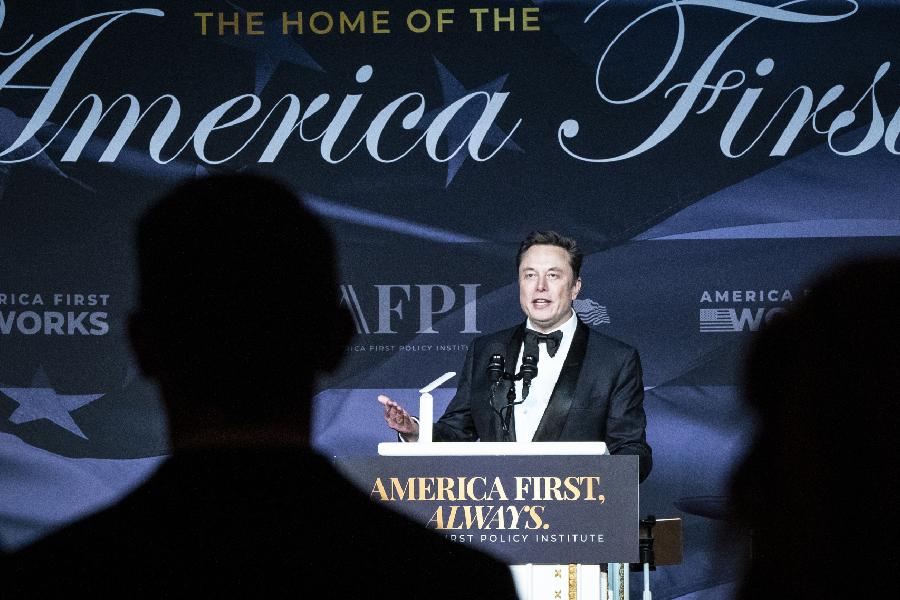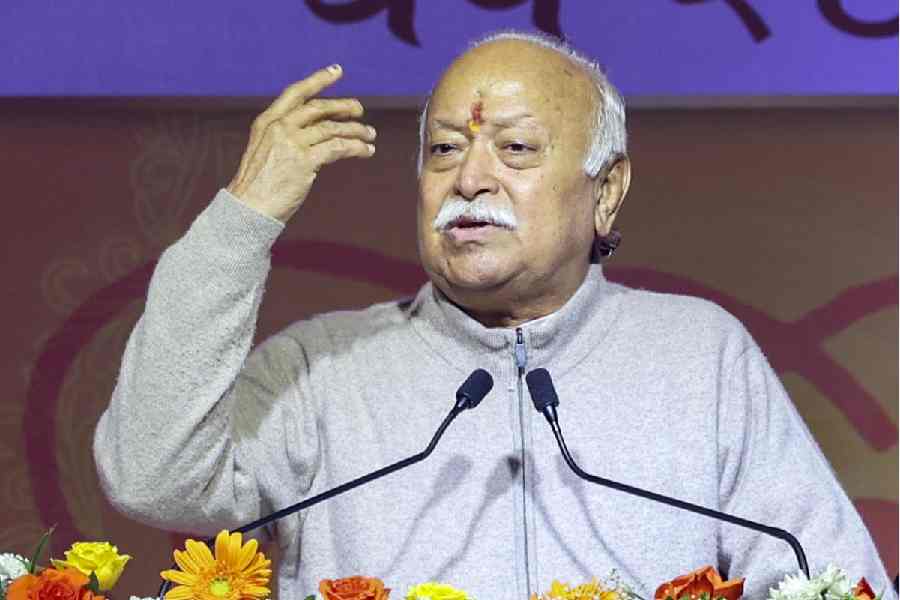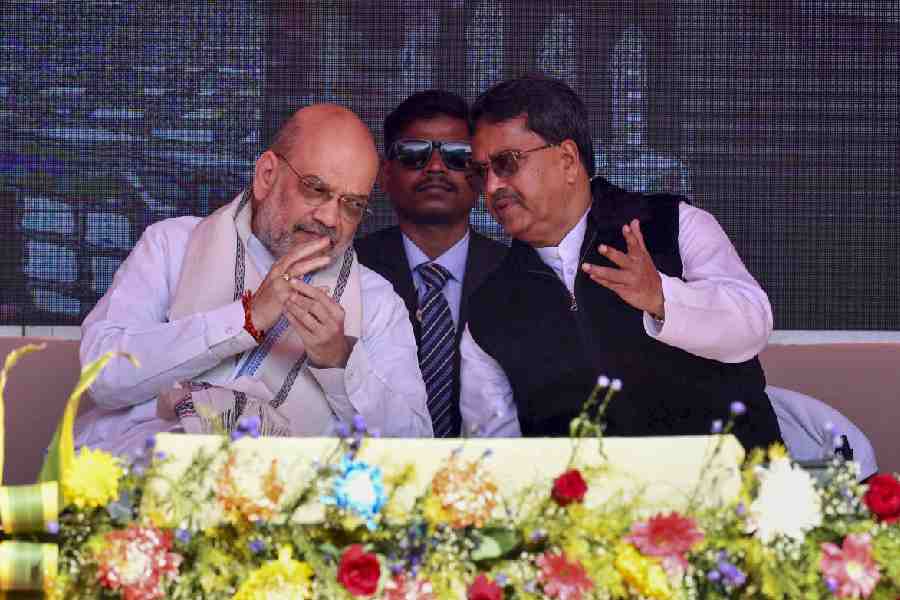On a Saturday morning in December 2022, Elon Musk summoned finance executives at Twitter, which he had bought six weeks earlier, to a conference call. Then he drilled into a spreadsheet that contained the social media company’s expenditures.
Musk was angry, three people who were on the call said. Even though Twitter had just shed more than three-quarters of its employees — leaving it with just over 1,500 workers, down from nearly 8,000 — the company’s spending still appeared to be out of control, the billionaire told attendees.
Over the next six hours, Musk read out the spreadsheet line by line and asked workers to account for each item. He ordered some items — such as car services for executives — to be cut completely. At one point, he confronted an employee who was responsible for a multimillion-dollar contract related to website security and said his electric vehicle company, Tesla, spent far less on the same task. After the employee pushed back, Musk said she was no longer with Twitter.
The meeting was characteristic of the approach that Musk has taken to cutting costs. Frugal to a fault, the 53-year-old has been intimately involved in hacking down budgets at his companies, including Tesla, SpaceX and Twitter, which he renamed X. Over nearly three decades as a tech entrepreneur, he has honed his penny-pinching by digging into minutiae and cutting as deeply as possible — often preferring to cut too much rather than too little, according to 17 current and former employees and others with knowledge of Musk’s strategies.
Perhaps most importantly, Musk has been brutally unsentimental about the cuts, paying little regard to norms and conventions. The tech mogul has been unabashed about slashing costs to the point that corporate processes — and sometimes even product safety — break down, philosophising that he can just fix things later, the people said. And he has been unafraid to offend, stiffing vendors to negotiate better prices and sidestepping traditional suppliers to manufacture cheaper parts from scratch.

Chargers made by Elon Musk’s electric vehicle company Tesla, in Pasadena, Calif., Jan. 23, 2024. (Philip Cheung/The New York Times)
“He used to be a deity,” said Jim Cantrell, SpaceX’s first vice president of business development. “But you know he’s just a business guy. And he wants to cut everything to the bone.”
Now Musk, whose net worth exceeds $307 billion, is set to take his economising tactics to the federal government. On Tuesday, President-elect Donald Trump named Musk and Vivek Ramaswamy, another Trump loyalist, to lead a new Department of Government Efficiency. Trump said the department would drive “drastic change” by making major cuts to bloated agencies across the federal bureaucracy by July 4, 2026.
At a rally for Trump last month, Musk promised to eliminate $2 trillion, or 30%, from the annual U.S. budget. He recently suggested that government workers should send weekly lists of accomplishments to justify their employment. And he has mused that the government needs only 99 agencies, not more than 400.
The prospect of Musk’s applying his methods to the U.S. government has brought back troubling memories for some who experienced his cuts.
“It was clear they came in with a lot of assumptions about the workforce and the value entire teams were bringing to the company,” Lara Cohen, a Twitter marketing vice president who was laid off after Musk’s takeover, said of the billionaire and his lieutenants. “They were not interested in hearing from people who had been doing the work, especially if it called their assumptions into question. That led to a lot of mistakes.”

A rocket fuel tank under construction at a manufacturing plant for Elon Musk’s SpaceX, in El Segundo, Calif., Jan. 9, 2005. (Monica Almeida/The New York Times)
Yet while Musk’s approach to budgets has sometimes caused chaos, his cuts may have helped pull back at least one of his companies from the brink of bankruptcy and propelled others ahead of rivals. He built Tesla and SpaceX into leading businesses that dominated their fields while keeping costs down.
At X, Musk embarked on a particularly sweeping austerity campaign, conducting mass layoffs, ignoring office lease bills and once personally pulling the plug of a server computer to expedite the shutdown of a data center so he could stop paying rent. Employees, analysts and users predicted that the cost-cutting would crash the social platform — but despite minor outages, it has continued operating.
Still, reducing spending at X, Tesla and SpaceX is not the same as slashing national expenditures, which are subject to a thicket of laws and processes. Congress dictates the federal budget, and any major trims could dip into entitlement programs, causing a backlash from vested interests.
The lack of apocalyptic outcomes from his companies’ cuts has nonetheless fueled Musk’s confidence. “I’m pretty good at improving efficiency,” he said on a podcast this month. He did not respond to requests for comment.
‘I Will Eat My Ball Cap’
From his earliest days as a tech entrepreneur, Musk was allergic to costs. In 1995, after establishing his first business in Silicon Valley — a software company for newspapers called Zip2 — he slept in the office to avoid paying for an apartment and showered at a nearby YMCA.
Musk later founded a company that evolved into the electronic payments firm PayPal, which eBay bought in 2002 for $1.5 billion. Musk set aside $100 million of his share of the windfall for a private spaceflight company, SpaceX, which he founded that same year on the belief that he could manufacture a cheaper rocket than the U.S. government.
SpaceX stripped out unnecessary components from rocket parts, simplifying them in a way that made them cheaper and faster to manufacture. Cantrell said he had once told Musk that the fuel tanks on the company’s first rockets would cost $1 million or more.
“It so offended Elon,” Cantrell said. “His words to me were, ‘If it costs that much I will eat my ball cap.’”
Musk began examining tanks used by trucks and the oil industry to see if they would be cheaper than those that major rocket companies had relied on, Cantrell said. SpaceX ultimately bought rolls of steel and welded pieces together to build its own tanks for a few hundred thousand dollars.
In 2010, SpaceX launched its Falcon 9 rocket, which costs about $550 million in inflation-adjusted dollars to manufacture, according to Mo Islam, a co-founder and CEO of the space-industry newsletter Payload. The Falcon 9 is used for all of SpaceX’s commercial launches. NASA has estimated that the same system would have cost it as much as $4 billion to build.
Musk’s frugality not only saved SpaceX money but also created a commercial space boom. Getting a kilogram of cargo to orbit today costs about $2,600, compared with $65,000 on NASA’s now-retired space shuttle.
Cameras or Radar Sensors
At Tesla, where Musk became CEO in 2008, his low-cost tactics helped make the company’s electric vehicles profitable, while rivals like Ford Motor and General Motors lose money on every battery-powered vehicle they sell.
Musk has also used cuts as a motivational technique at the company. When Tesla rolled out its Model X SUV in 2015, Musk removed the free cereal from the company’s offices, two former employees said. That saved a few thousand dollars a month and sent a message that Musk was willing to cut — and cut deep — to keep the then-struggling company afloat.
At times, Musk’s efficiency measures may have put the safety of Tesla’s cars at risk. Since 2021, he has refused to use radar sensors for Tesla’s self-driving technology, relying instead on cameras to mimic a human driver’s vision. The cost of a camera is one-fifth that of a radar sensor, or less, at current prices.
In contrast, leading autonomous vehicle companies such as Waymo use radar and sometimes lidar sensors in addition to cameras.
Tesla, which did not respond to a request for comment, has steadily increased spending on artificial intelligence and other research and development projects over the years, to $3.3 billion in the first nine months of 2024 from $2.9 billion a year earlier. But its revenue has increased faster: Research spending as a share of sales has declined to 4.5% so far this year from 4.8% in 2021.
Mass Layoffs
Musk’s starkest cuts were at Twitter. The day he completed his $44 billion purchase of the platform in October 2022, he fired the company’s four top executives “for cause,” a move that he concluded could save $128 million in compensation. (The executives have sued Musk for withholding severance payments.)
The firings were just the beginning. Musk then demanded mass layoffs before a November 2022 deadline to pay companywide bonuses. While the bonuses were eventually paid, Musk eliminated more than 75% of the workforce in his first six months in charge.
The job cuts and departures were so wide-ranging that they left the company “with greatly diminished institutional knowledge,” said Eddie Perez, who led Twitter’s civic integrity team and left the company in September 2022. “There was so much uncertainty and haphazardness about it.”
Twitter soon experienced several outages. But the changes generated more than $100 million in annual savings, the company announced a year later. X did not respond to a request for comment.
Musk has sometimes backtracked on his cuts after slashing too deeply. He tried rehiring some workers he laid off from Twitter. In April, he also brought back some employees of a Tesla unit that builds charging stations, weeks after firing all 500 of them.
In the end, though, no detail was too small to save just a little. In December 2022, Musk stopped paying for janitorial services at Twitter’s offices, leaving trash cans overflowing and bathrooms unstocked. At the company’s New York office, one employee took toilet paper to work and hung it in the bathroom stall with a metal coat hanger as a makeshift spool.
The New York Times News Service











